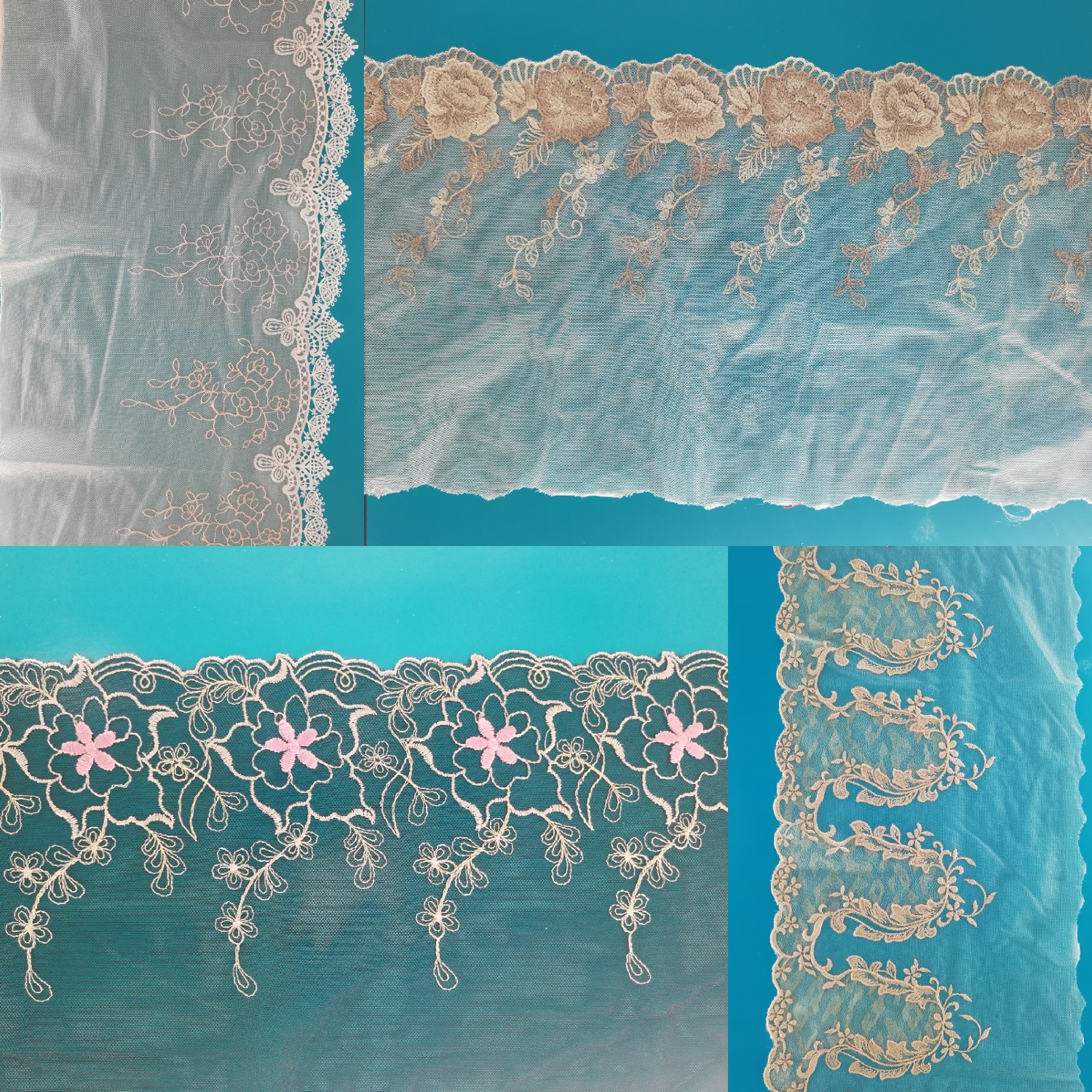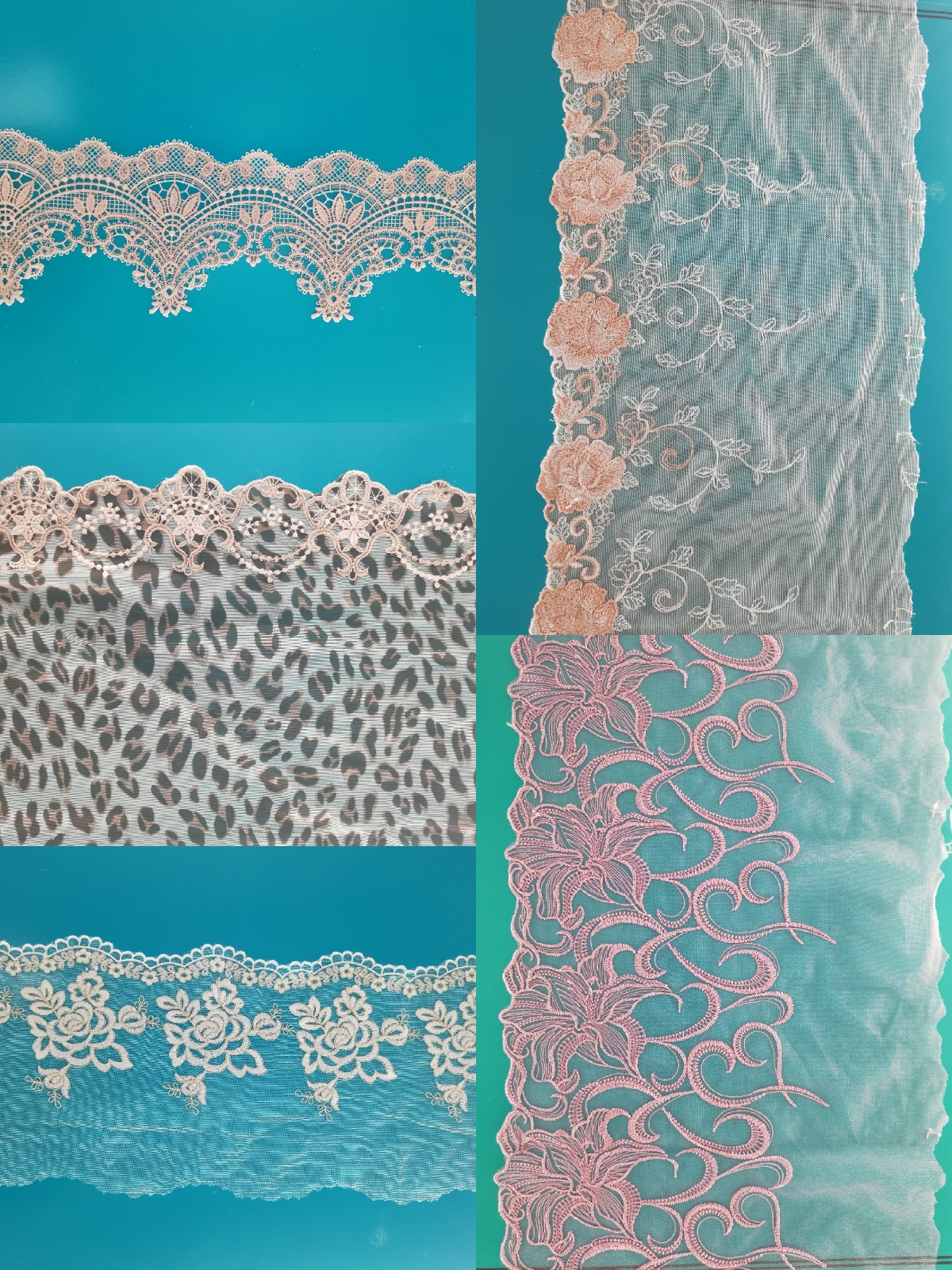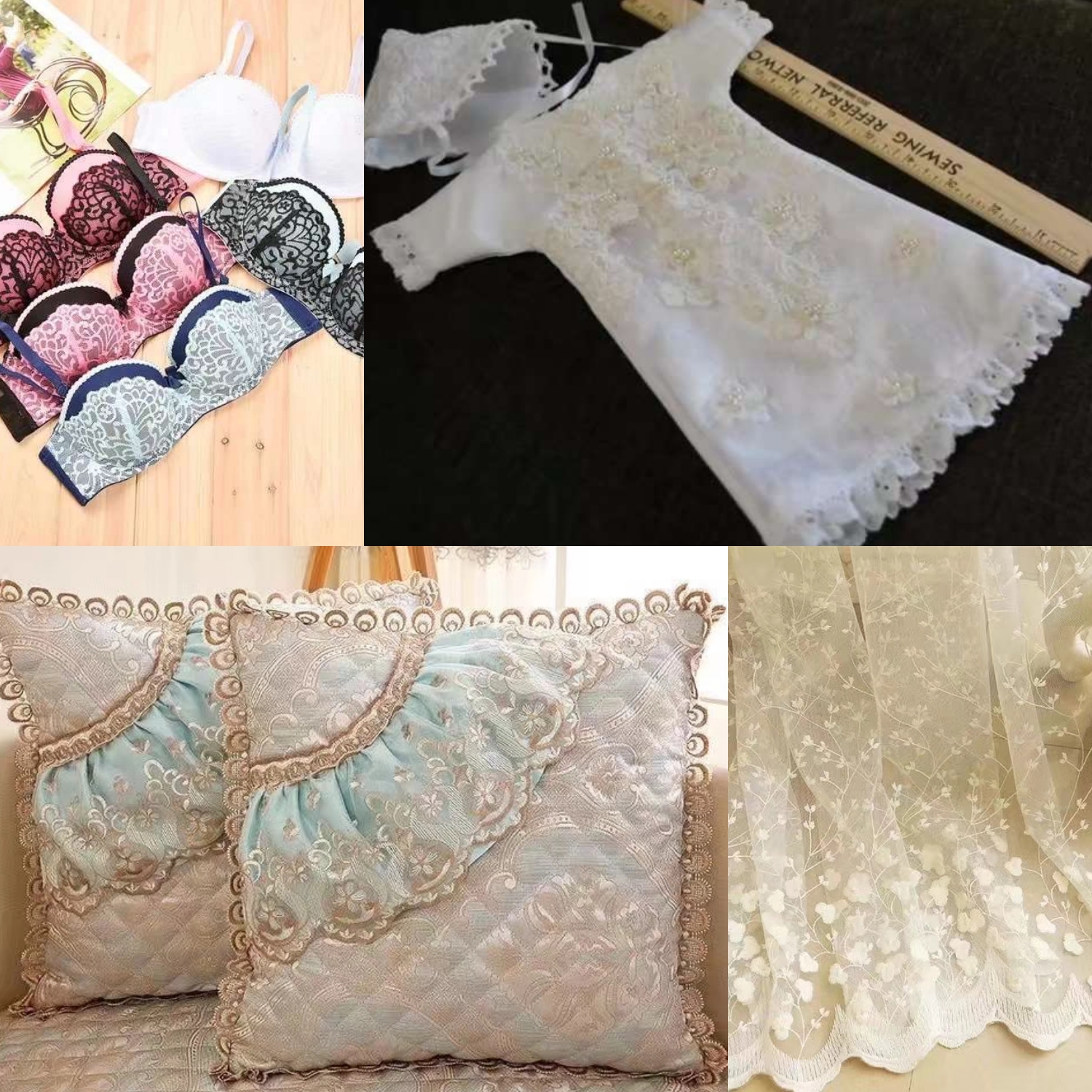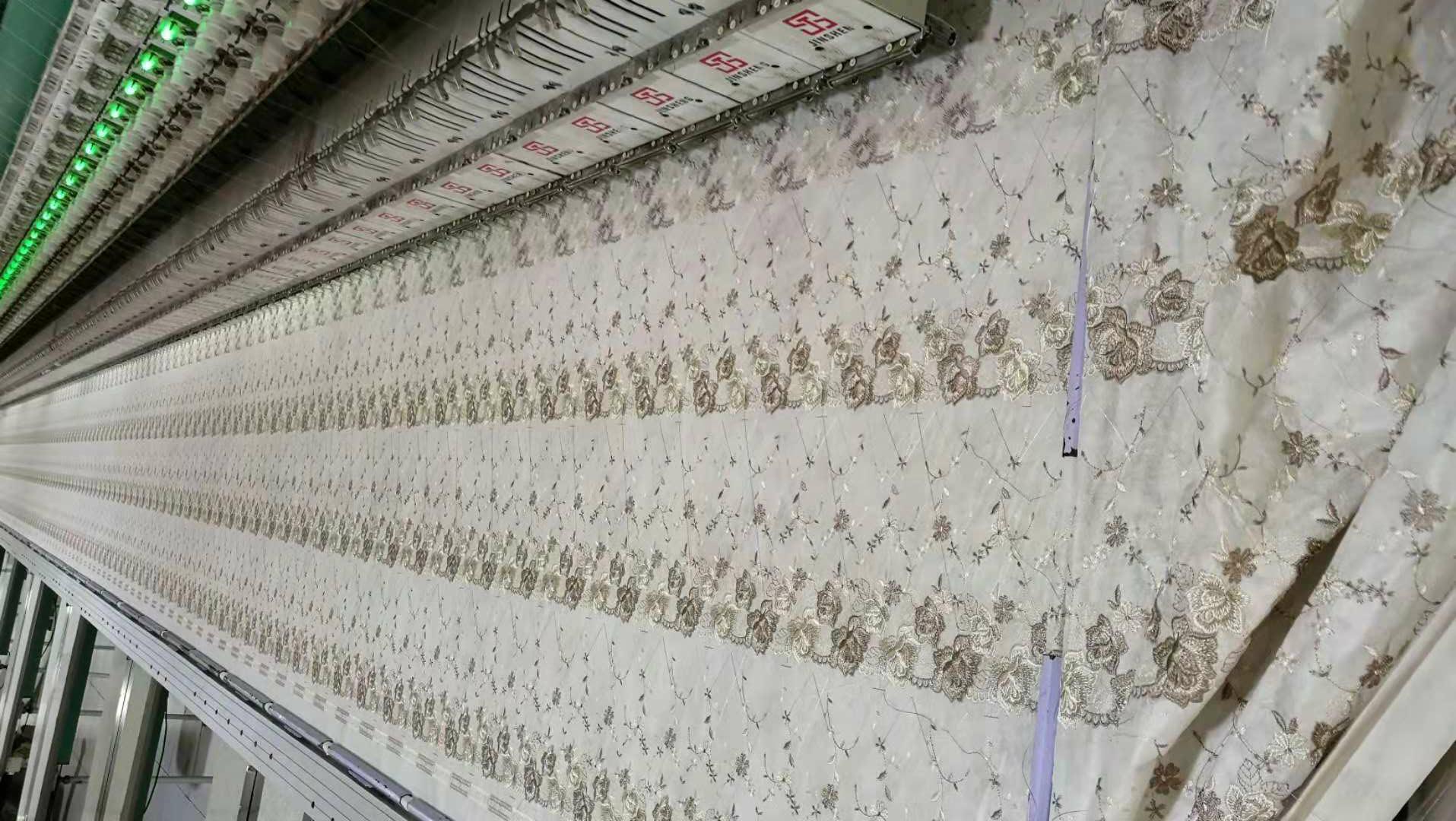Contact oxidation process for printing and dyeing wastewater
Contact oxidation process for printing and dyeing wastewater
Source: China polypropylene network - China Fiber Network's website added: amy69 Add time: 2009-8-4
With the development of the printing and dyeing industry, the emergence of large-quantity fiber products, the application of new chemical pulps, dyeing materials and finishing agents have changed the composition of printing and dyeing wastewater, making it more difficult to handle, and the simple aerobic biological treatment method. The effluent COD and chromaticity are difficult to meet the standard, and the hydrolysis acidification-contact oxidation-coagulation process combined with biological and chemical methods can solve this problem.
Process flow
A printing and dyeing plant uses a hydrolysis acidification-contact oxidation-coagulation process to treat wastewater. The process flow is shown in Figure 1.
Fig.1 Hydrolysis acidification-contact oxidation-coagulation process flow Printing and dyeing wastewater removes large suspended solids and floating matter through the grid and enters the regulating tank, where the water quantity is adjusted and the water quality is balanced, and then pumped to the hydrolysis acidification The pool is controlled only in the acidic fermentation stage to improve the biodegradability of the wastewater. The hydrolytic acidified effluent from the inflow contact oxidation pond, removes most of the organic matter and chromaticity by the action of microorganisms in the contact oxidation pond, and then enters into the sedimentation tank, and all the sludge in the sedimentation tank is refluxed to the hydrolysis acidification tank. In order to obtain better water quality, the secondary biochemical effluent is then coagulated and precipitated and decolorized in the oxidation tank, so that the effluent is stable and reaches the standard discharge.
Treatment effect (see Table 1)
Table 1 Wastewater treatment effect project Water quantity (m3/L)
CODcr (mg/L)
BOD5 (mg/L)
SS (mg/L)
Chromaticity (times)
Influent water 840
400~800
100~300
150~500
125~300
Water 840
70~96
15~20
20~60
20~30
Removal rate (%)
88
93.3
88
90
Primary emission standard
100
25
70
40
Each item is measured using the national standard method. CODcr adopts GB11914 - 89 "Water quality - Determination of chemical oxygen demand - Dichromate method", BOD5 adopts GB7488 - 87 "Water quality - Determination of BOD5 - BOD5" - Dilution and inoculation method, SS adopts GB 11901 - 89 "Determination of water quality - Determination of suspended solids - Gravimetric method", the chromaticity is determined by the dilution method in GB11913 - 89 "Determination of water quality - chromaticity".
Removal of organic matter Biological aerobic treatment is the most economical and most effective method for removing organic matter from wastewater. Aerobic treatment requires good biodegradability of wastewater, and its BOD5/COD > 0.3, its organic matter is easily degraded. Nowadays, fiber fabrics not only have natural fibers, but also a large number of rayon fibers, resulting in an increase in the number of dyes used, some of which are difficult to biodegrade. The singularity of the dissolved oxygen in the pool is 0 to 0.5 mg/L. General gas-water ratio (5 ~ 7): 1. The size of the cell body is 10 × 7. 8 × 5. 0m. The hydrolysis acidification effect is shown in Table 2. The results in the table show that the biodegradability of the wastewater after hydrolysis and acidification is greatly improved, and the COD is decreased.
The contact oxidation pond is the main process for the treatment of printing and dyeing wastewater. The designed hydraulic retention time is about 6 h, the gas-water ratio (10 to 15): 1 , the dissolved oxygen DO is 2 to 4 mg / L, and the elastic three-dimensional filling and semi-soft combination are placed in the pool. The filler has a microporous aeration at the bottom. The pool size is 11 × 5. 0 × 5. 0m. The treatment effect of the contact oxidation pond is shown in Table 3. At this time, most of the organic matter in the wastewater is removed, but there is still a certain color and organic matter that is difficult to degrade. Therefore, after the biological contact oxidation water is separated by precipitation and solid-liquid separation, the precipitate is coagulated and precipitated again. The removal of chroma color treatment is generally only 50% to 60% for the color removal of dyeing wastewater; and the decolorization of coagulation and sedimentation in physical and chemical methods can reach 50% to 90%, generally for direct dyes, vat dyes, sulfur dyes, dispersion Dye and colloidal substances have good removal effect, the chroma removal rate can reach 80%~90%, COD removal rate can reach 50%~80%, but for acid dyes, reactive dyes, metal complex dyes and cationic dyes Etc., its decolorization effect is not good, generally only 50% to 60%. At present, polyaluminum chloride (PAC) is generally used as a coagulant, which has a certain decolorization effect on various dyes. When the dosage is 0.05%, the decolorization effect on the five types of dyes is shown in Table 4. Show. PAC has better decolorization efficiency for coatings and vat dyes in suspension state in wastewater, followed by sulphur dyes and sulphate dyes, and poor decolorization effect on water-soluble reactive dyes. In addition, increasing the amount of PAC added can improve the decolorization effect. For example, for printing and dyeing wastewater containing sulphur dyes and sulphate dyes, when the PAC dosage is increased to 0.08% and 0.1%, the decolorization efficiency will be increased to 81% and 90%, but the treatment cost is also Increase accordingly. In addition, the synergy of PAM (polyacrylamide) with PAC will greatly reduce the dosage of PAC.
Table 2 Hydrolysis acidification treatment effect Table 3 Contact oxidation tank treatment effect project Inlet water
COD (mg/L)
636.16
454.4
BOD5 (mg/L)
149.88
181.26
BOD5 /COD
0.24
0.40
Project, water, water
COD (mg/L)
454. 4
113. 6
BOD (mg/L)
181. 26
32. 6
Chromaticity (times)
180
72
The removal of chroma color treatment is generally only 50% to 60% for the color removal of dyeing wastewater; and the decolorization of coagulation and sedimentation in physical and chemical methods can reach 50% to 90%, generally for direct dyes, vat dyes, sulfur dyes, dispersion Dye and colloidal substances have good removal effect, the chroma removal rate can reach 80%~90%, COD removal rate can reach 50%~80%, but for acid dyes, reactive dyes, metal complex dyes and cationic dyes Etc., its decolorization effect is not good, generally only 50% to 60%. At present, polyaluminum chloride (PAC) is generally used as a coagulant, which has a certain decolorization effect on various dyes. When the dosage is 0.05%, the decolorization effect on the five types of dyes is shown in Table 4. Show. PAC has better decolorization efficiency for coatings and vat dyes in suspension state in wastewater, followed by sulphur dyes and sulphate dyes, and poor decolorization effect on water-soluble reactive dyes. In addition, increasing the amount of PAC added can improve the decolorization effect. For example, for printing and dyeing wastewater containing sulphur dyes and sulphate dyes, when the PAC dosage is increased to 0.08% and 0.1%, the decolorization efficiency will be increased to 81% and 90%, but the treatment cost is also Increase accordingly. In addition, the synergy of PAM (polyacrylamide) with PAC will greatly reduce the dosage of PAC.
Table 4 Decolorization effect of polyaluminum chloride on various dyes
Printing and Dyeing Wastewater Type Paint CODcr(mg/L)
BOD5 (mg/L)
SS (mg/L)
Chromaticity (times)
Waste water color 256 ~ 512
64~128
256~512
64~128
256~512
PAC dosage (%)
0.05
0.05
0.05
0.05
0.05
Average decolorization rate (%)
98.6
75
62.5
62.5
50
After the printing and dyeing wastewater is treated by coagulation and sedimentation, if the effluent still has a deep color, it must be further decolored and treated with an oxidizing agent.
Process characteristic printing and dyeing wastewater is hydrolyzed and acidified, and the refractory macromolecular organic matter in the wastewater is decomposed into simple small molecular organic substances, such as organic acids and alcohols, which improves the BOD/COD of the wastewater and improves the biodegradability of the wastewater. Thereby reducing the pool capacity of subsequent aerobic treatment and saving energy. After the effluent from the oxidation pond is precipitated, the sludge is completely returned to the hydrolysis acidification tank, and the solubilization and shrinkage volume reaction is entered in the tank, so that the excess sludge is greatly reduced, and the remaining sludge can be easily dehydrated directly after being concentrated. Due to the improved biodegradability of wastewater, the removal rate of biological contact oxidizing organic matter is correspondingly improved, the water-soluble COD is effectively removed, the COD and BOD concentrations in the effluent of the sedimentation tank are lower, the dosage of coagulant is greatly reduced, and the operating cost is reduced. . The decolorization oxidation tank is used as a guarantee process for chroma removal. If the chroma is not up to standard, it can be put into use. Under normal circumstances, it can exceed the emission.
Hydrolysis Acidification-Contact Oxidation-Coagulation Process As an alternative to the traditional activated sludge process, the treatment effect is obviously superior to the traditional process, with low energy consumption and low sludge production, and the excess sludge can be directly dehydrated. After the sedimentation tank, a coagulation sedimentation tank and a decolorization oxidation tank are arranged. As a three-stage treatment, a better effluent quality can be obtained, and part of the effluent can be reused for production. This combined process is a practical method to improve the treatment efficiency of printing and dyeing wastewater.
Embroidered NET Lace trimming with mesh: available in many colors, you pick up the color
* Soft and Romantic.
* This fresh embroidery lace is perfect for garment accessories decoration, apparel, curtain, home decor , table fabric, shoes.wedding dress ...etc.
|
Name |
crochet Cotton lace trim |
|
Size |
10mm-12mm or customer advise size ,OEM,ODM |
|
Material |
100% cotton |
|
Technique |
Woven |
|
Color |
raw white stock sellinig DTM color yarn dyed |
|
Sample |
Free buyer bear shipping charge |
|
Sample lead time |
available or 3-5days |
|
Delivery time |
about 7-12days(Depend on the total quantity) |
|
Package |
Inner: 300 yards/with transparent bag or customer advise Outer: carton with woven bag |
|
Payment |
T/T, ,Western Union, Money gram, Paypal,L/C |
|
Payment term |
30% deposit, balance before sending goods to buyer |
|
Transportation |
Ship by DHL ,UPS ,FedEx, TNT ,EMS, Air or Sea etc |
|
Remark |
For more details pls contact with our sales online or send mails |






Net Lace Trimming,Embroidered Tulle Fabric,Net Lace Fabric,Black Lace Fabric
DONGGUAN SHITAI ACCESSORY TEXTILES CO.,LTD , http://www.stsewingcraft.com